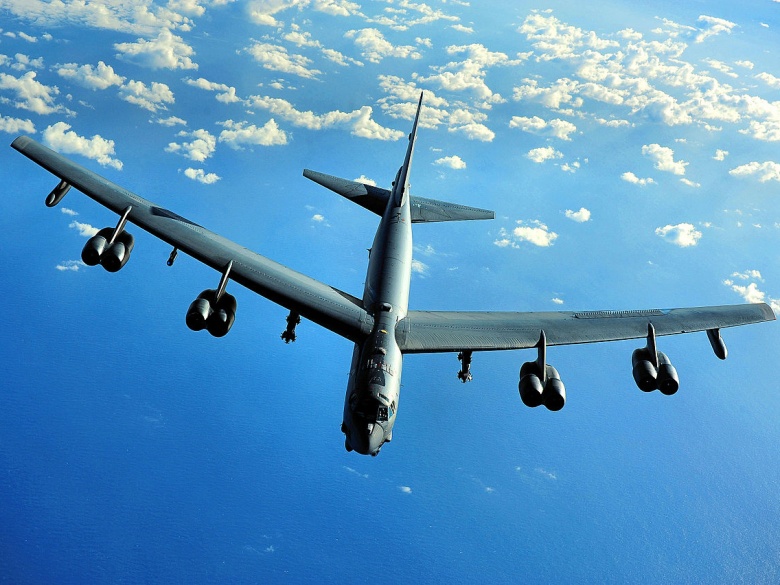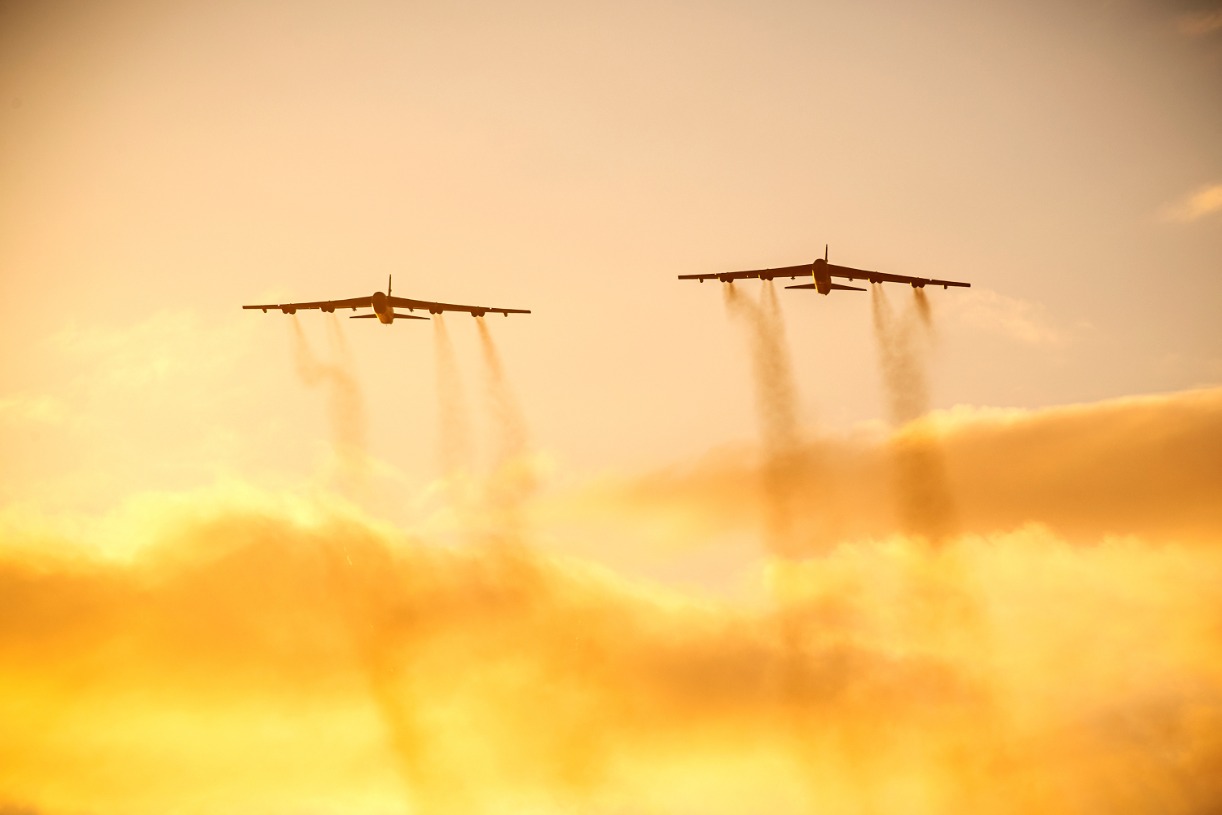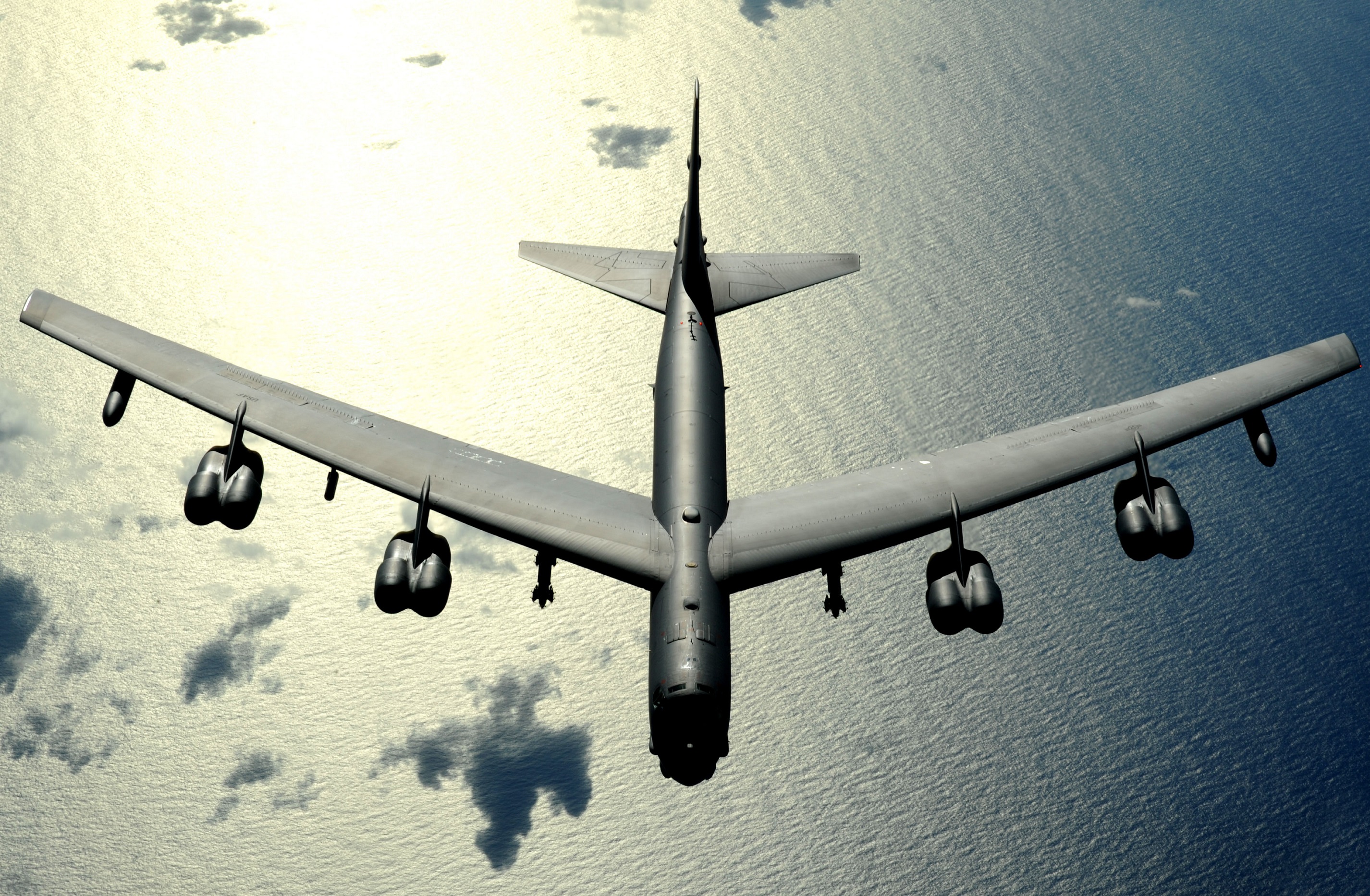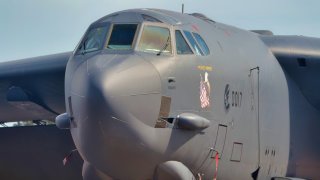The B-52 Bomber Question the U.S. Air Force Doesn't Want to Ask
Achieving air superiority and neutralizing Chinese defenses would be crucial for the B-52 to operate effectively, posing significant challenges for the U.S. military.
Summary and Key Points: The U.S. Air Force is transitioning its bomber fleet, retiring the B-1 Lancer and B-2 Spirit in favor of the new B-21 Raider, while retaining the venerable B-52 Stratofortress.

-Despite its age and lack of stealth, the B-52's ability to deliver large payloads remains valuable.
-However, in a conflict against China, the B-52's survivability is questionable due to advanced Chinese air defenses and fourth- and fifth-generation fighters.
-Achieving air superiority and neutralizing Chinese defenses would be crucial for the B-52 to operate effectively, posing significant challenges for the U.S. military.
Can the B-52 Survive a Modern Conflict with China?
After a generation of stability for the American bomber fleet, the U.S. Air Force is making changes. The B-1 Lancer and B-2 Spirit are set to be phased out, and the B-21 Raider will be phased in. The B-52 Stratofortress, which first flew in the 1950s, will stay on. It is the only member of the current bomber fleet that will remain active once the B-21 comes online.
It may seem strange that a bomber from the 1950s is still relevant, set to fly alongside the B-21, F-22, and F-35. But the B-52 still has its merits. It is a simple machine that can deliver huge payloads of ordnance. One question persists, however: Would the non-stealth B-52 survive in a potential conflict against China?
Surviving the Modern Age
The B-52 flew decades before the U.S. started producing stealth aircraft. The eight-engine bomber, with its 185-foot wingspan and 159-foot length, is decidedly un-stealth. The B-52 leaves an impressive radar signature – it announces its presence.

The lack of stealth characteristics has mattered little in the realms where the B-52 has been called to operate. Of course, for much of the B-52’s service history, stealth aircraft did not exist. The B-52 was expected to operate regardless of its detectability. The B-52 was foundational to American bombing campaigns during the Vietnam War like Operation Linebacker II, where the B-52 dropped over 15,000 tons of ordnance on targets inside North Vietnam.
The B-52’s lack of stealth didn’t matter much in the Gulf War, or Iraq II, or Afghanistan. In each of America’s most recent conflicts, American forces were able to establish air superiority without much resistance. Air forces in Iraq and Afghanistan, flying rusted third-generation Soviet relics, were outgunned against American F-15s and F/A-18s. Air defense systems were similarly outdated and posed little threat to America’s non-stealth fleet. Once the U.S. achieved air superiority, the B-52 was free to lumber toward her target. Seen or unseen, America’s opponents could not stop it.
China would be able to intervene, however.
B-52 Facing China
China is a sophisticated and well-equipped world power. The air superiority that has allowed non-stealth aircraft like the B-52 to operate relatively unharassed in America’s most recent conflicts would be difficult to attain. U.S. forces would be pitted against fourth- and fifth-generation fighters. U.S. aircraft likely have a technological edge over their Chinese counterparts, and American pilots would have an edge with respect to combat experience. But the Chinese would enjoy the logistical benefits of fighting from their home turf, as well as the spiritual boost, the sense of purpose and resiliency, that fighting to defend your homeland inspires (see Ukraine).
Even if the U.S. were able to achieve air superiority over parts of Chinese territory, the Chinese would still possess sophisticated anti-air defenses capable of detecting and engaging the B-52. The U.S. could target the Chinese air defense network, but that might be easier said than done, and the effort would rely on stealth aircraft (to avoid activating the very air defense network being targeted).

The alternative to establishing air superiority and destroying China’s air defense capabilities would be to send in aircraft like the B-52 with the understanding that a portion of them would not be coming back. That mentality prevailed in bombing runs during World War II, but it has long since been abandoned.
About the Author: Harrison Kass
Harrison Kass is a defense and national security writer with over 1,000 total pieces on issues involving global affairs. An attorney, pilot, guitarist, and minor pro hockey player, Harrison joined the US Air Force as a Pilot Trainee but was medically discharged. Harrison holds a BA from Lake Forest College, a JD from the University of Oregon, and an MA from New York University. Harrison listens to Dokken.
Main image is from Shutterstock. All others are from Creative Commons.


